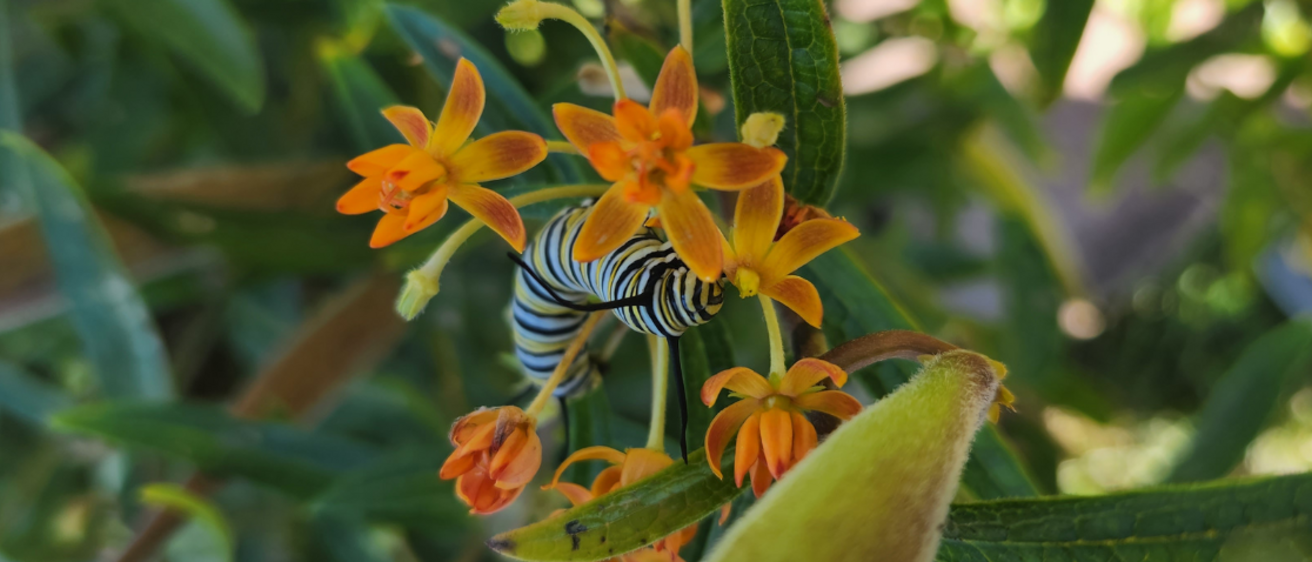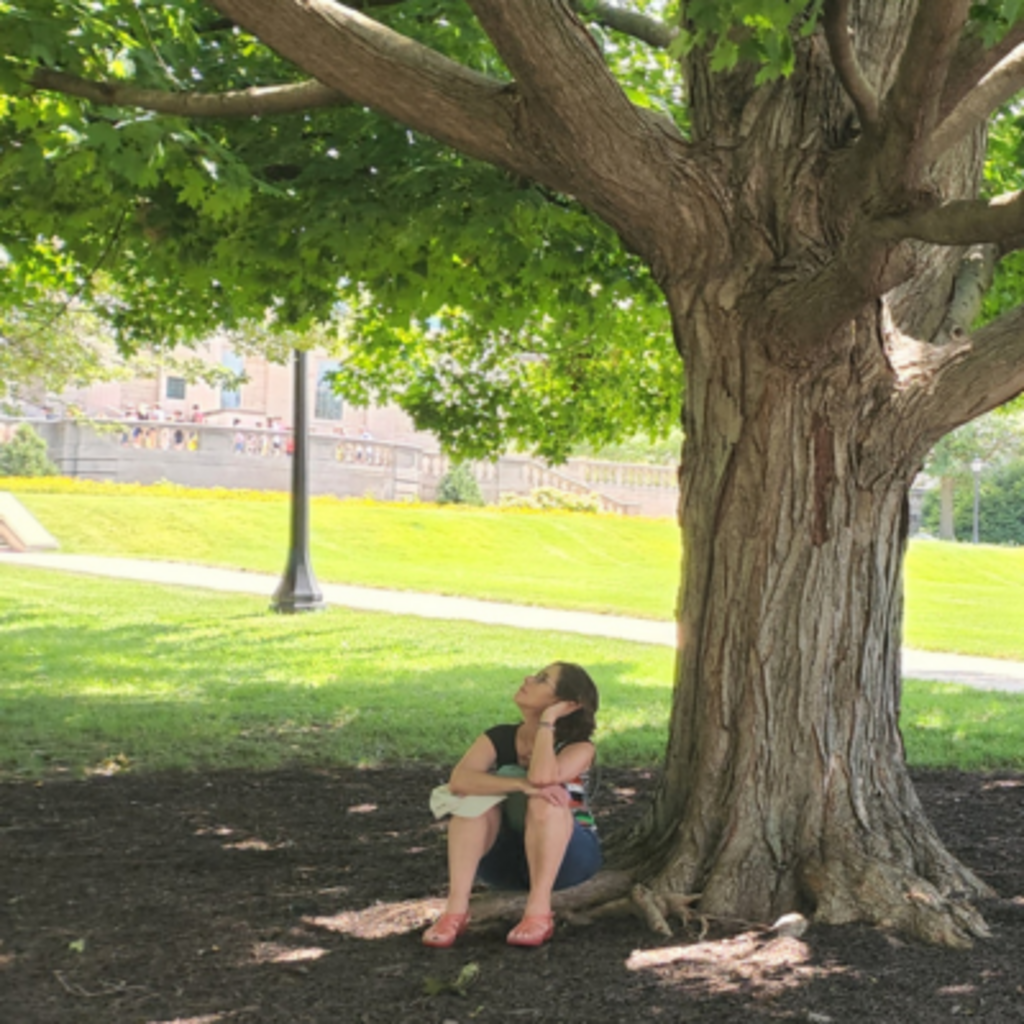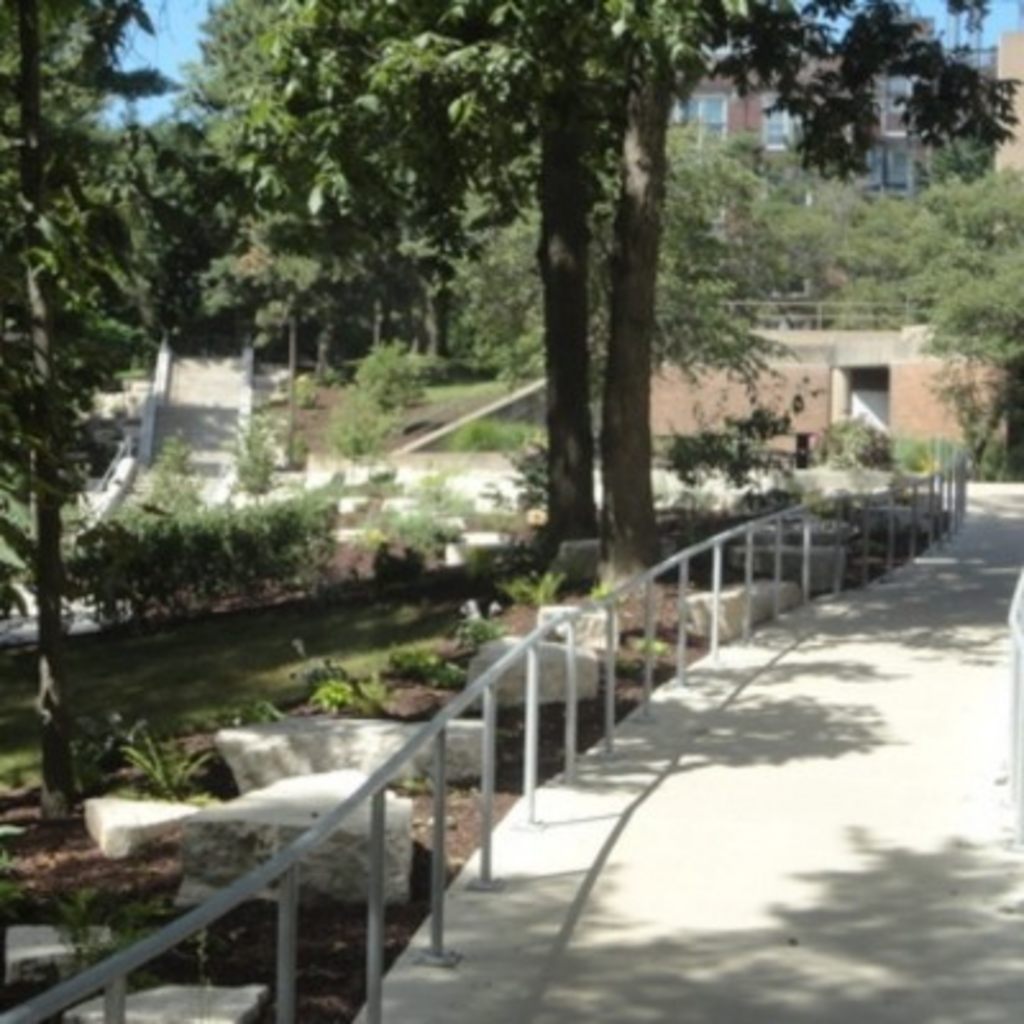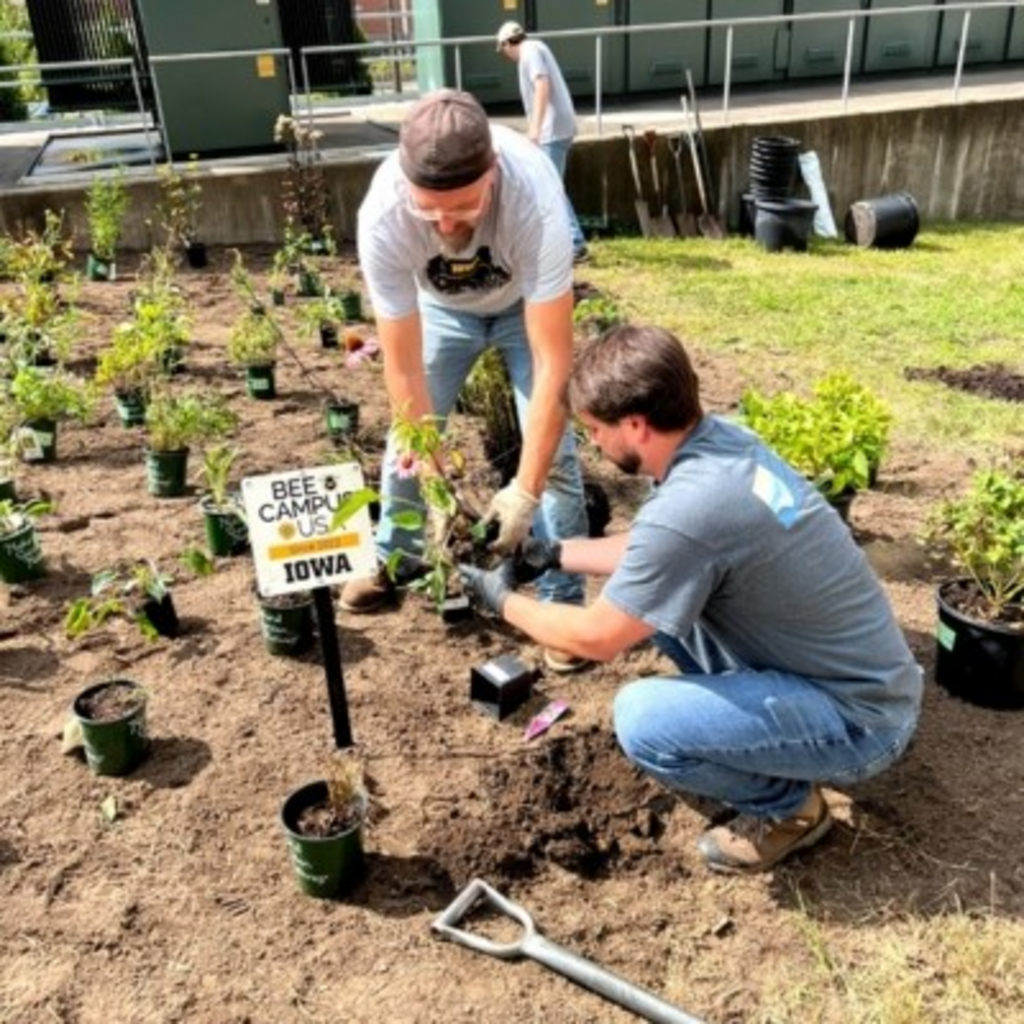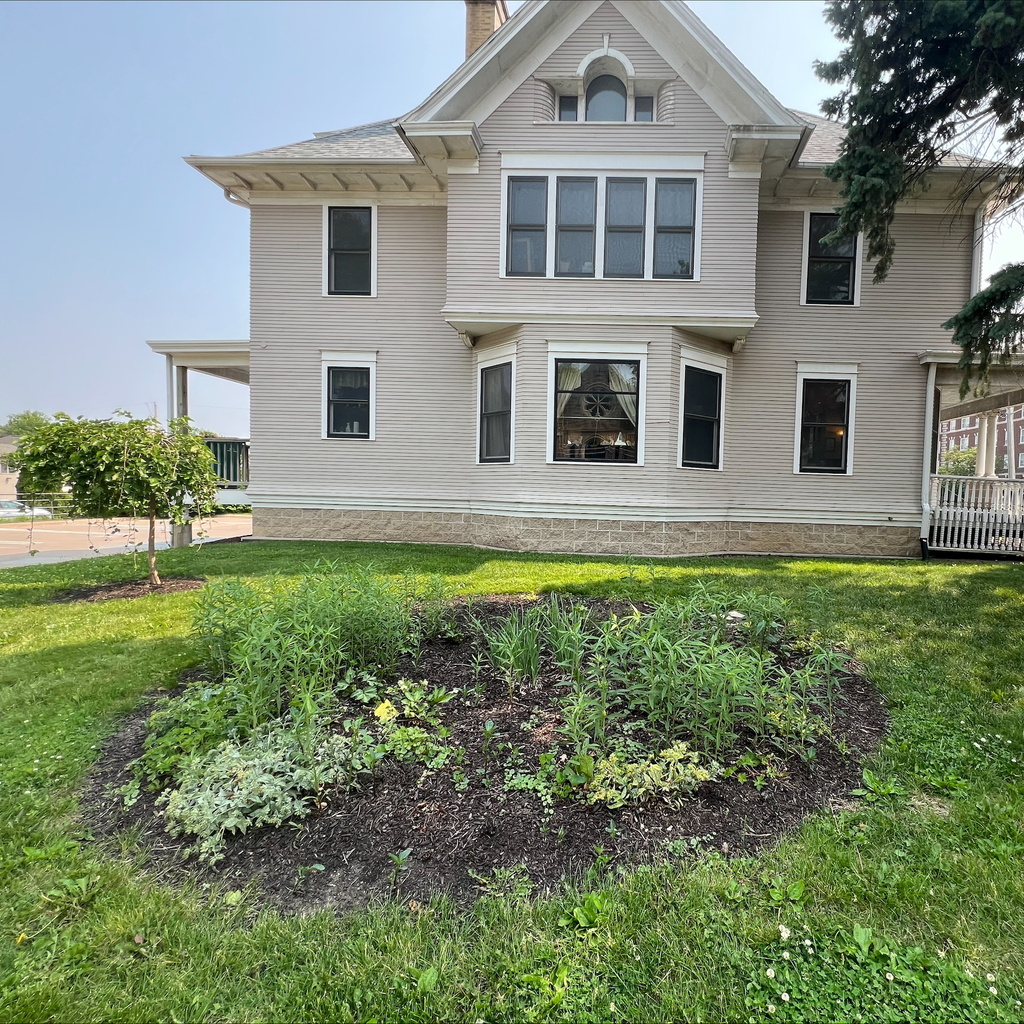Across the University of Iowa, numerous native plant habitats significantly contribute to the health and wellbeing of our campus community. From pollinator gardens to rain gardens, prairies, and woodlands, these spaces provide essential food and shelter for wildlife and deliver vital ecosystem services, such as efficient stormwater management. Natural areas enhance the overall quality of life for everyone on campus by offering spaces for rest, relaxation, recreation, and connection with nature. Interactions with nature have been demonstrated to reduce stress and promote mental health. Below are just some of the spaces on campus where native plant habitats can be found.
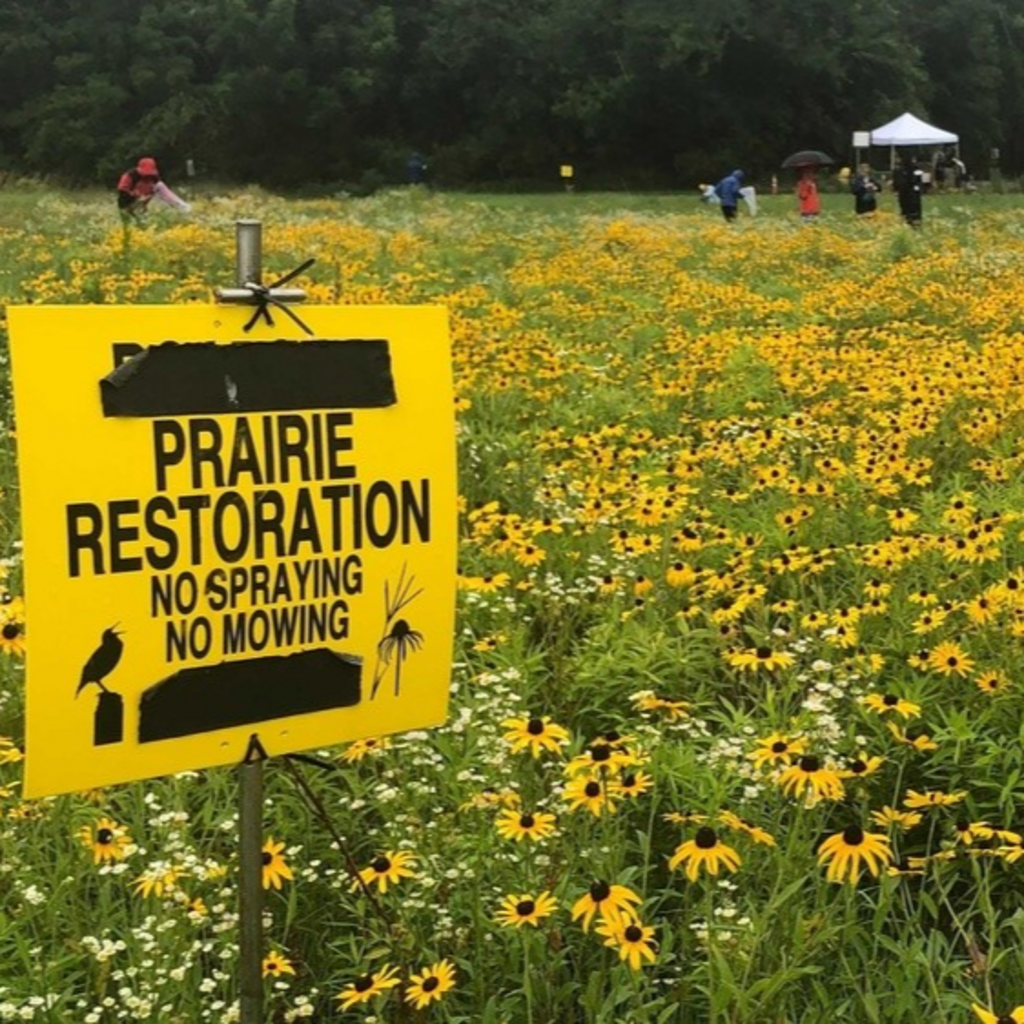
Ashton Prairie Living Lab
Prairie, Phase 1 est. 2020, Phase 2 est. 2021
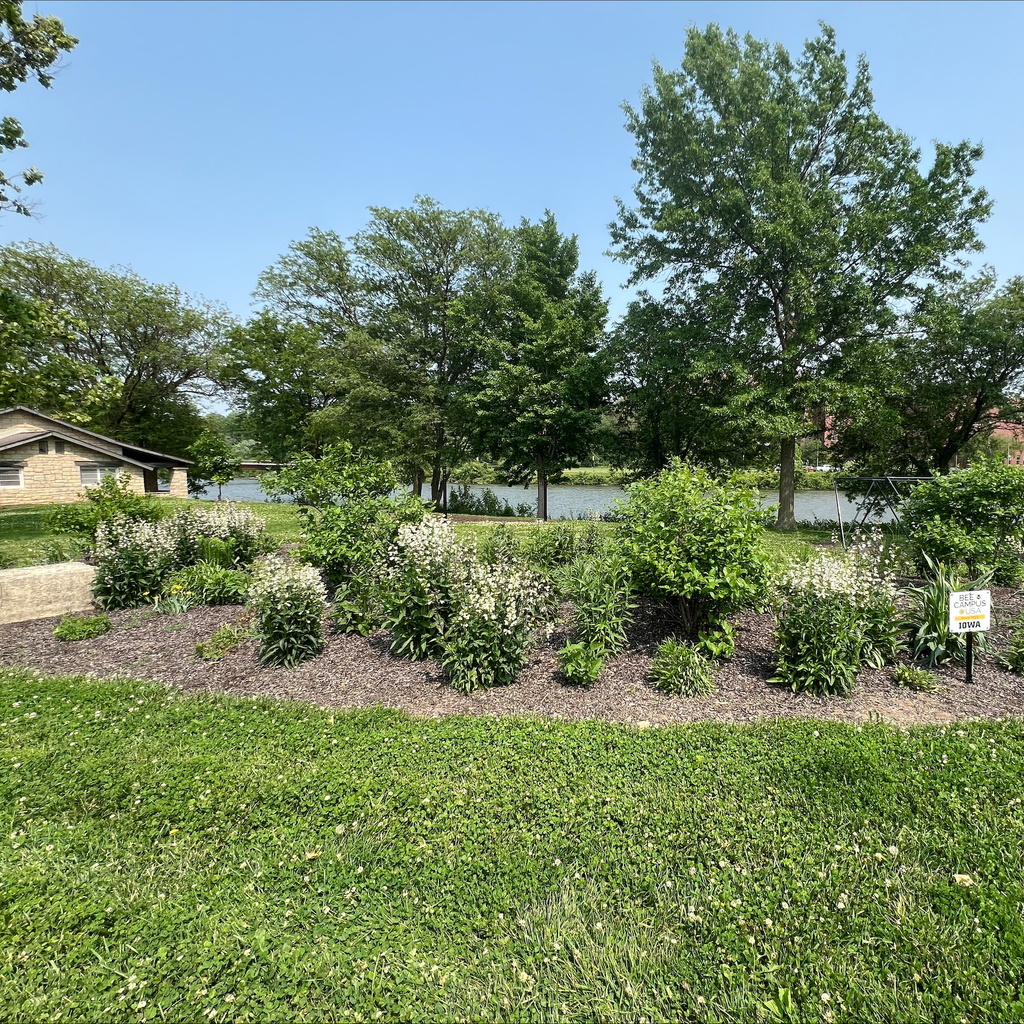
Lagoon Shelter House
Pollinator Garden, Phase 1 est. 2021, Phase 2 est. 2023
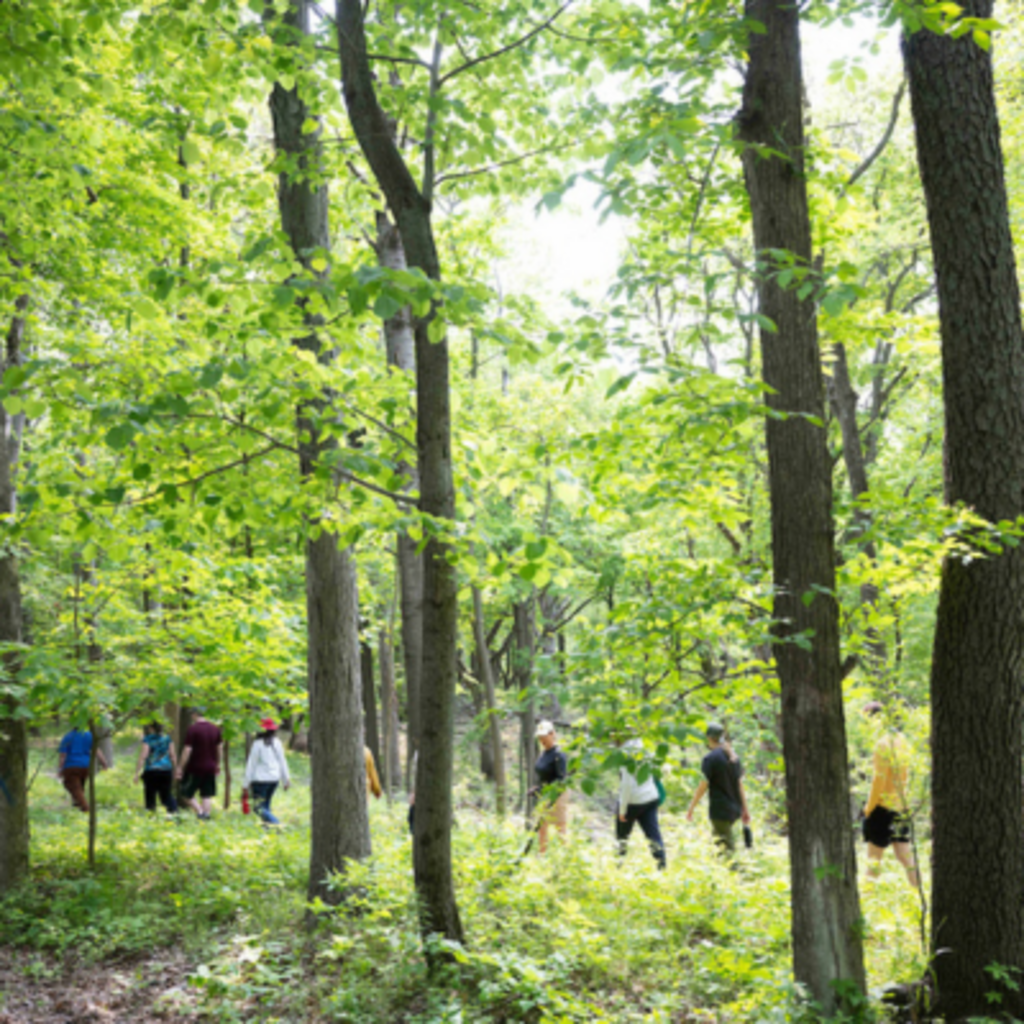
Macbride Nature Recreation Area
Woodland, prairie, aquatic; remnant
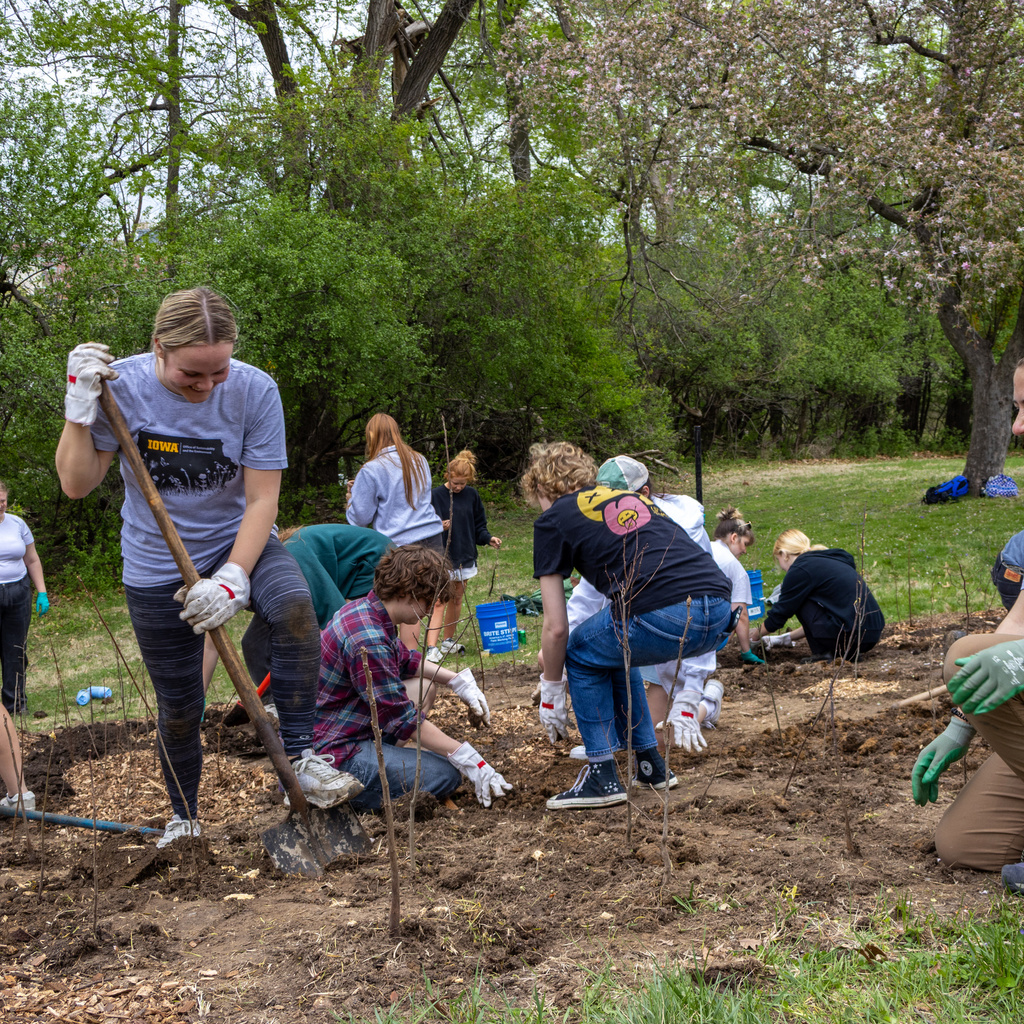
Miyawaki Forest
Woodland, est. 2025
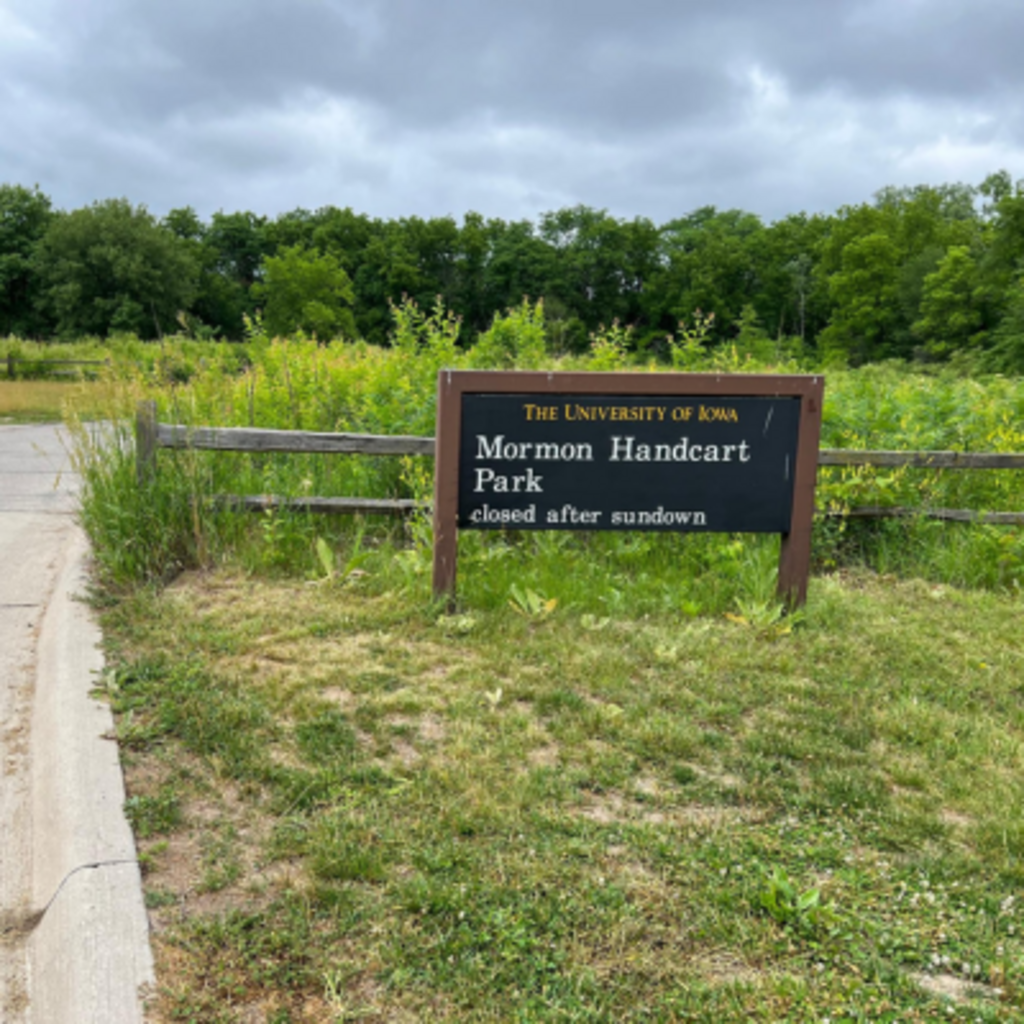
Mormon Handcart Park
Remnant Prairie

North Hall Edible Garden
Pollinator Garden, est. spring 2025
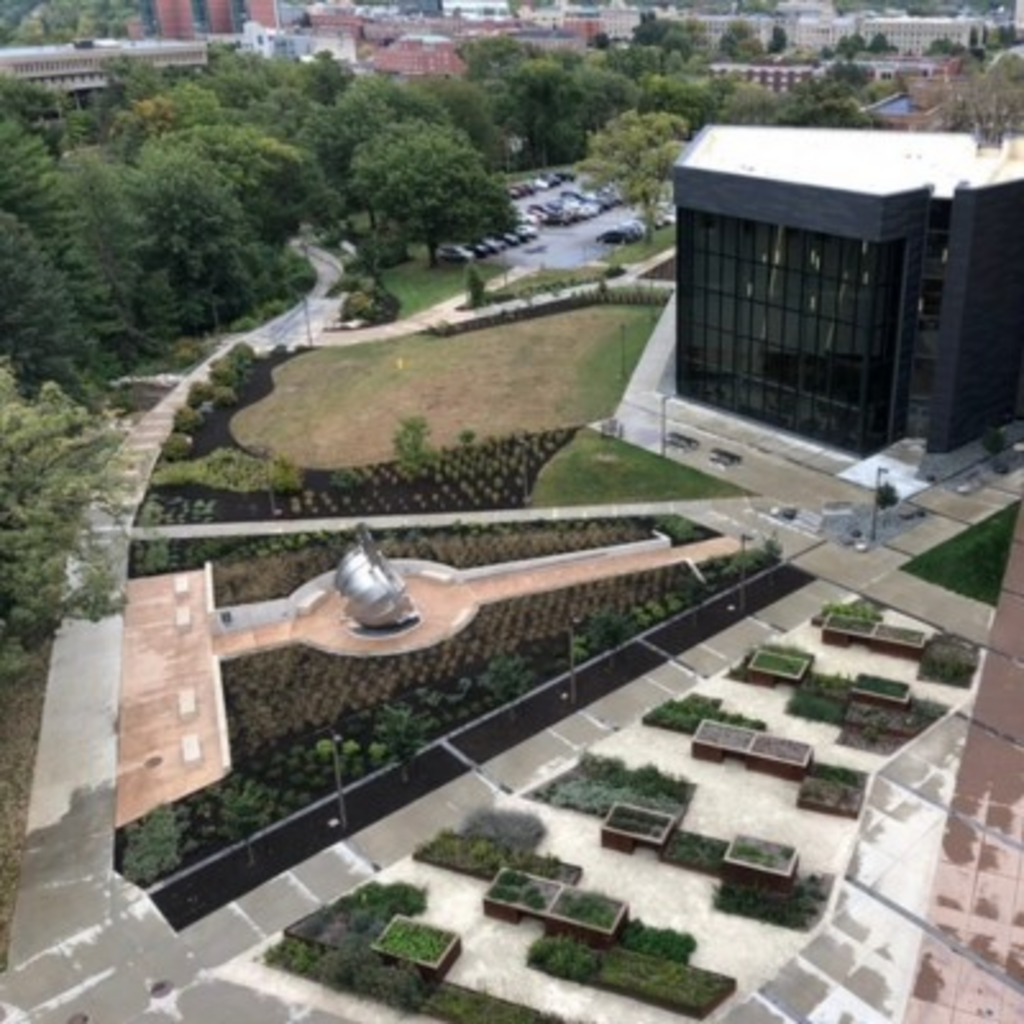
Pharmacy Building
Medicinal Garden, est. 2021
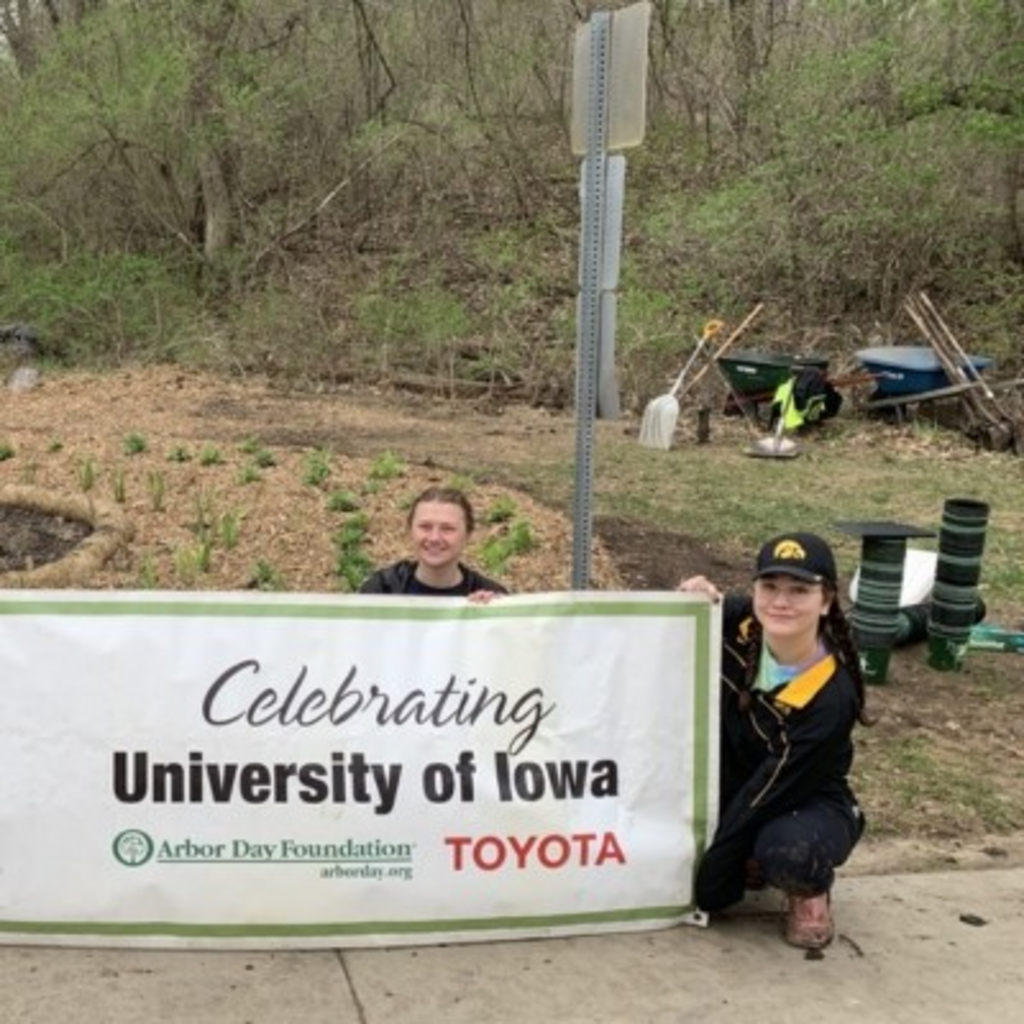
Bike Trail
Rain Garden, est. 2021
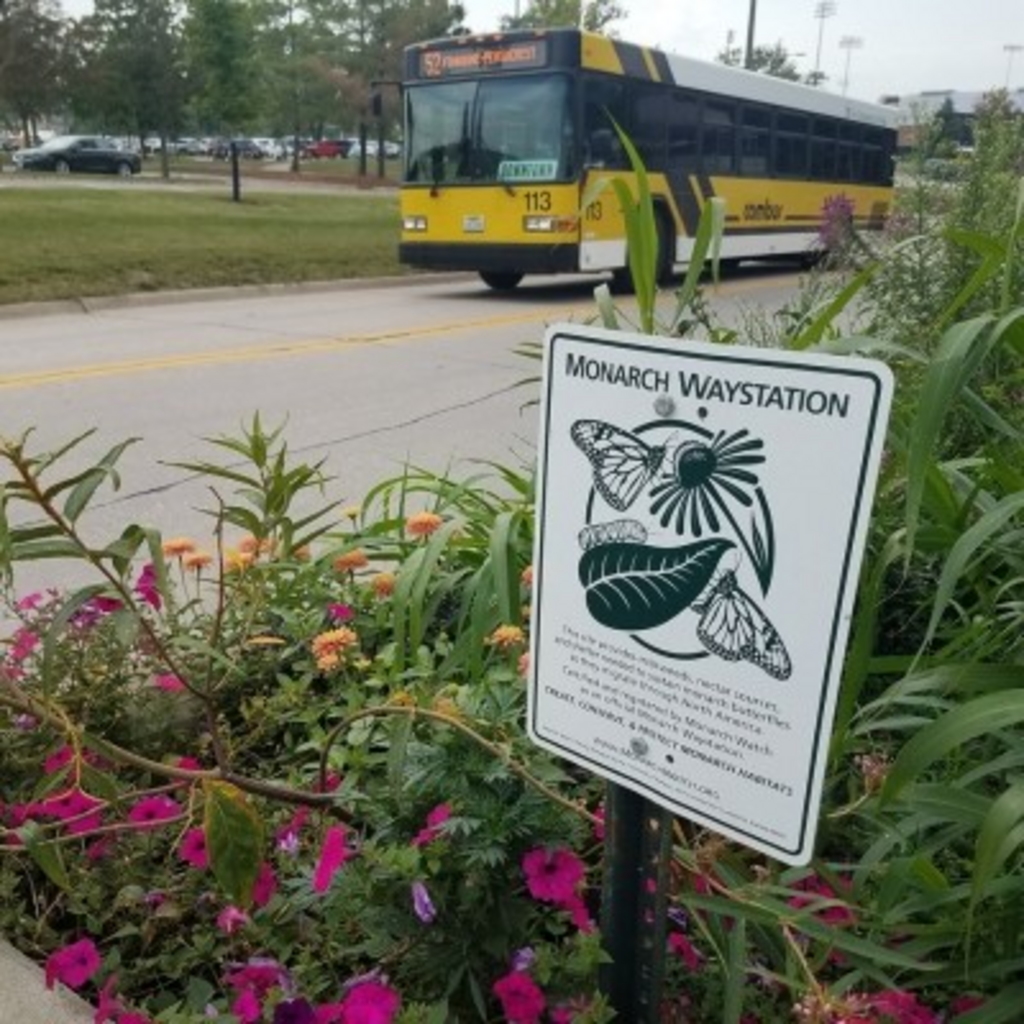
Carver Hawkeye Arena
Pollinator Garden

Catlett Hall/Chemistry Building
Pollinator Garden, est. 2024
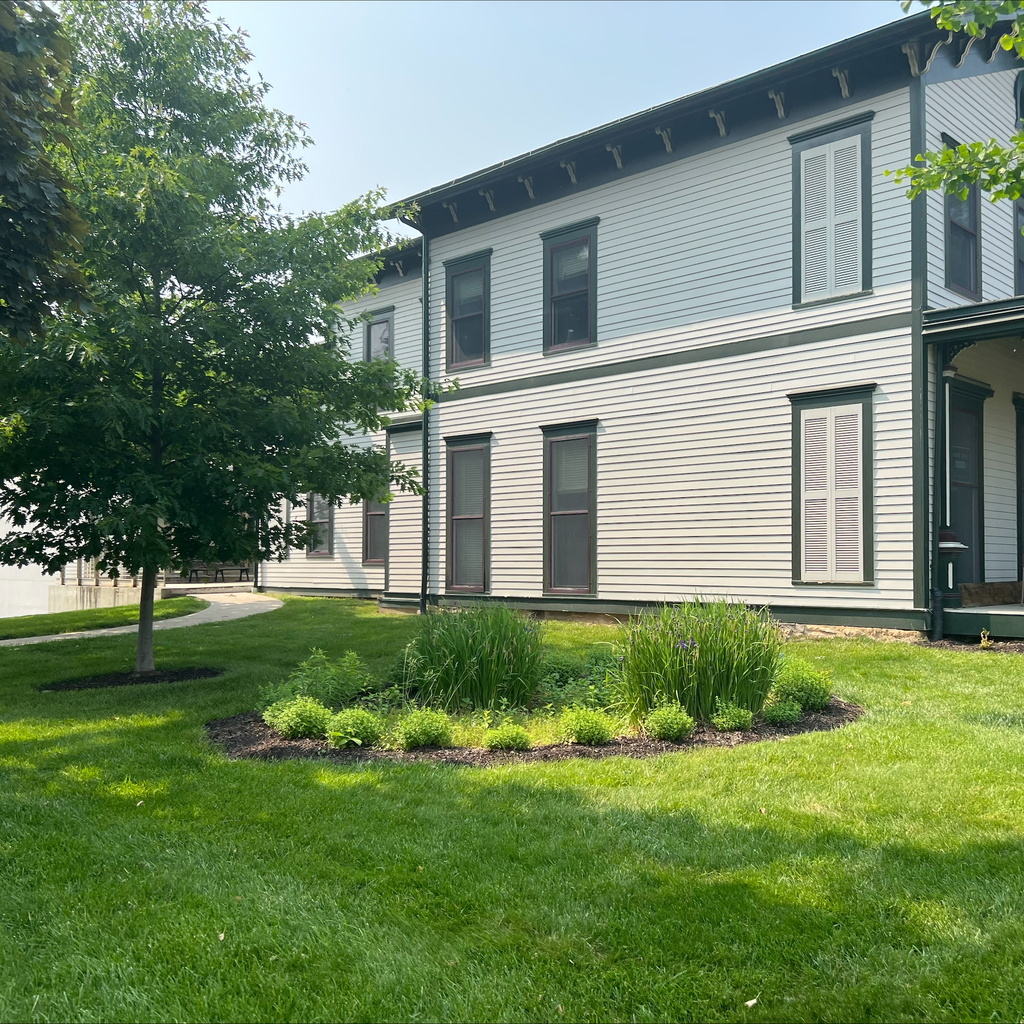
Dey House
Rain Garden, est. 2019
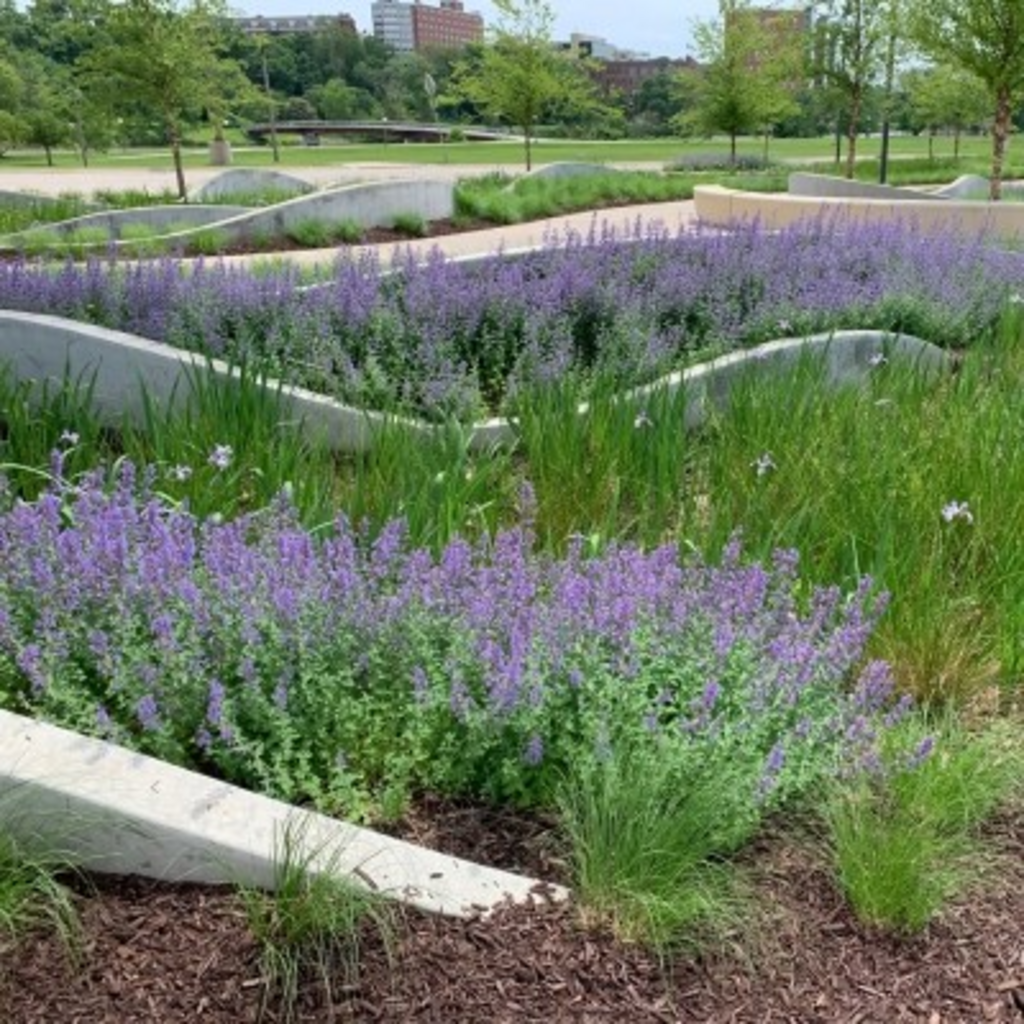
Hancher
Rain Garden
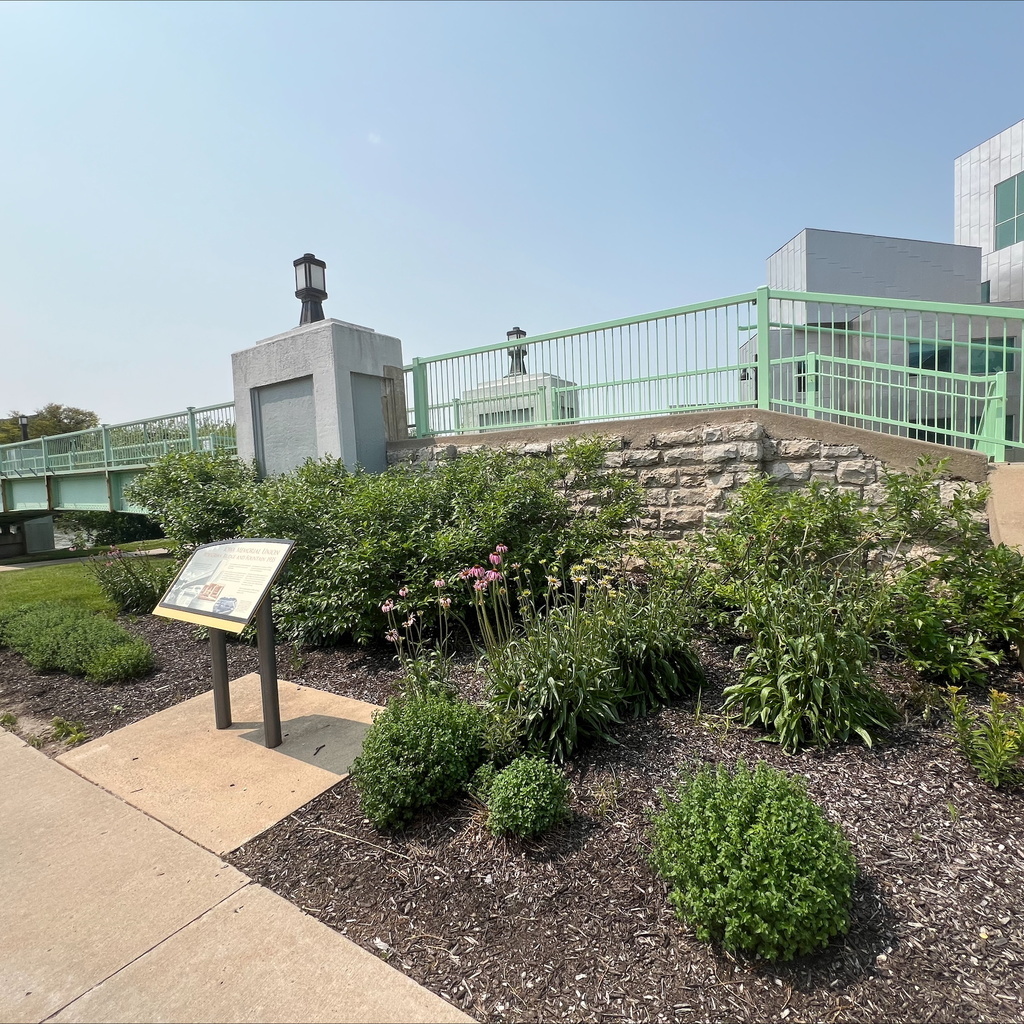
IMU Footbridge (east end)
Pollinator Garden, Phase 1 est. 2019, Phase 2 est. 2022
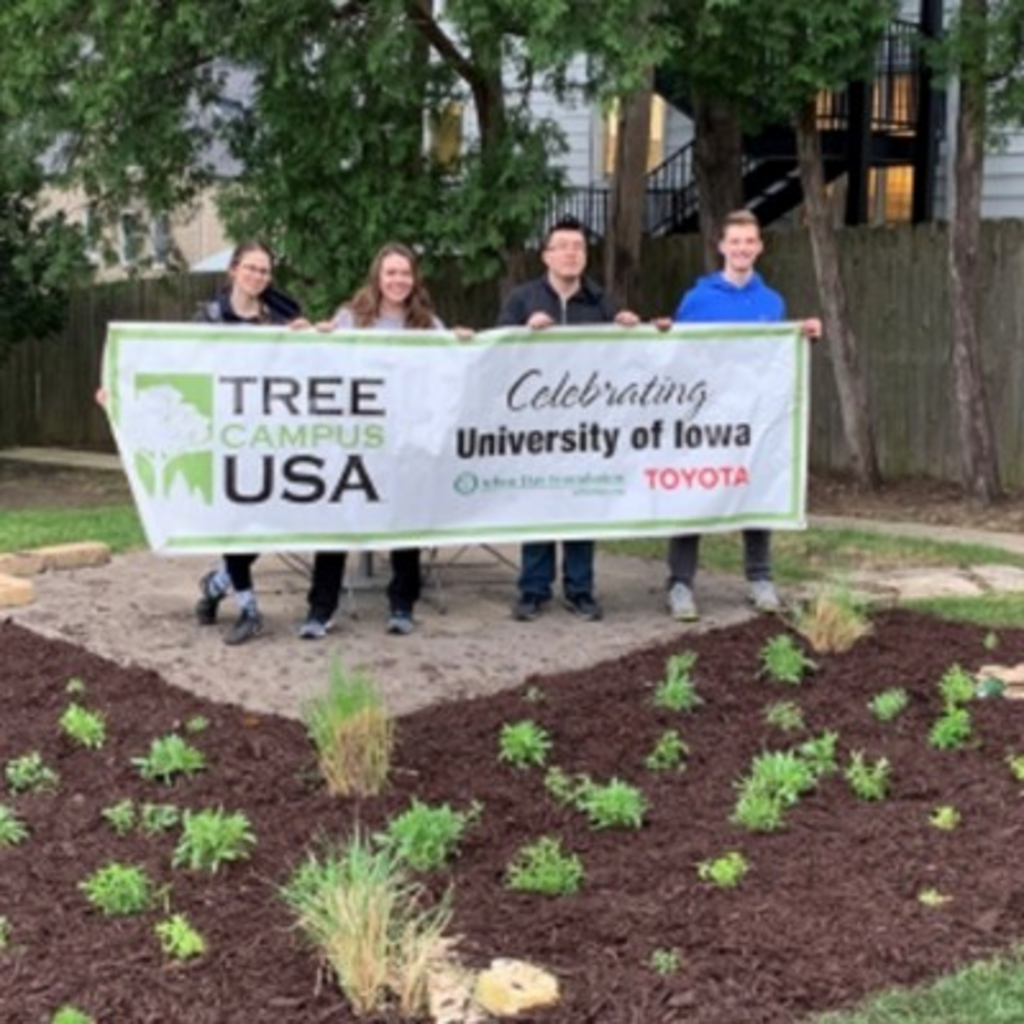
Obermann Center
Rain Garden
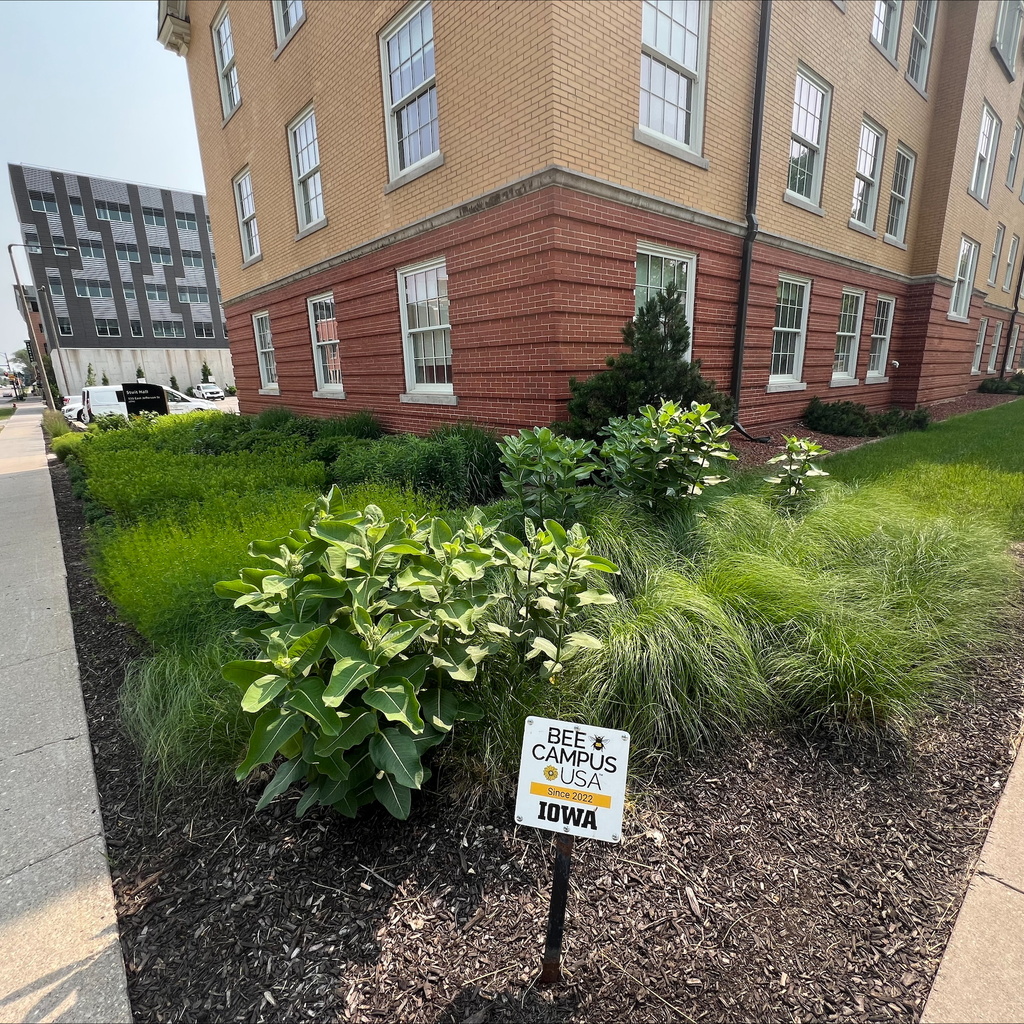
Stuit Hall
Rain Garden

Seashore Hall Green Space
Prairie in progress, est. spring 2025
